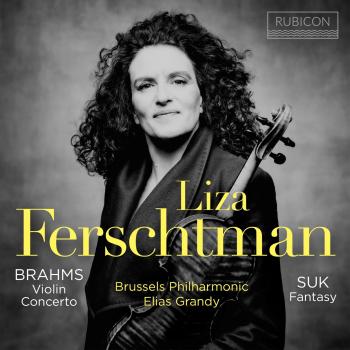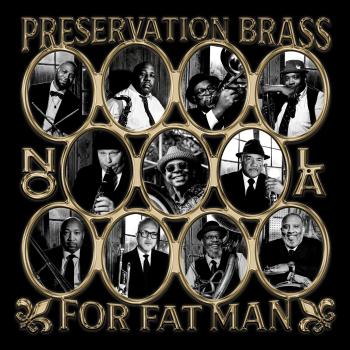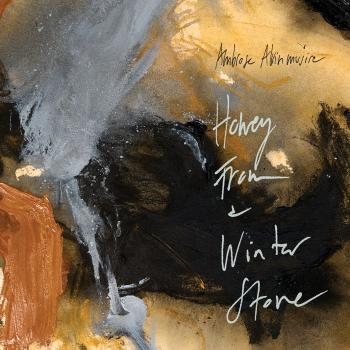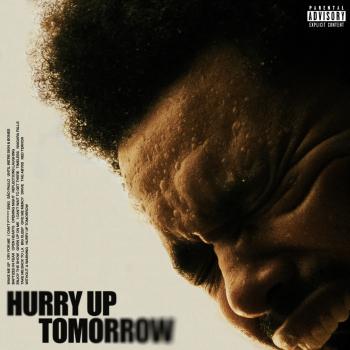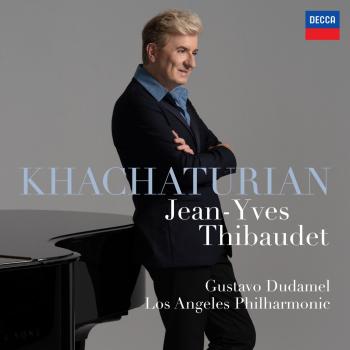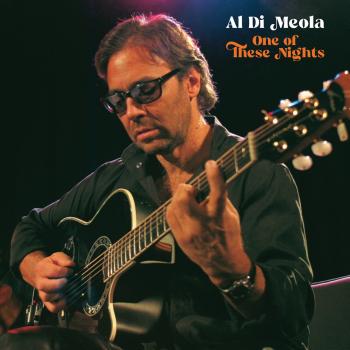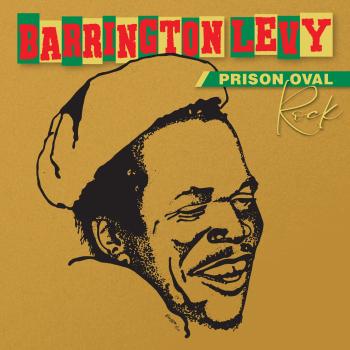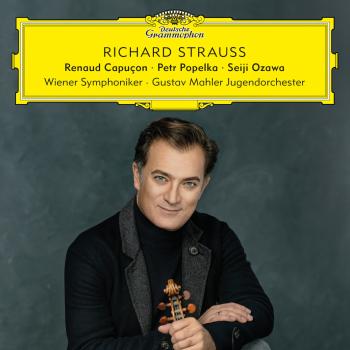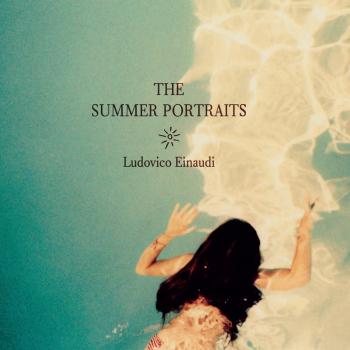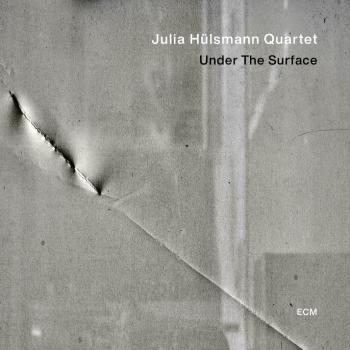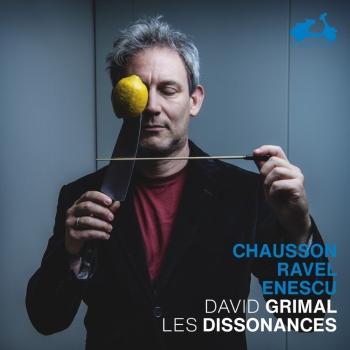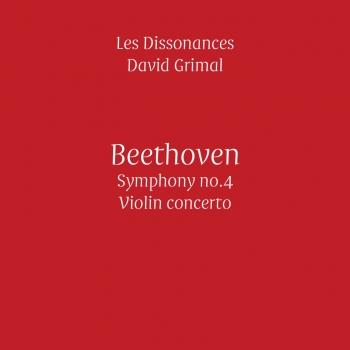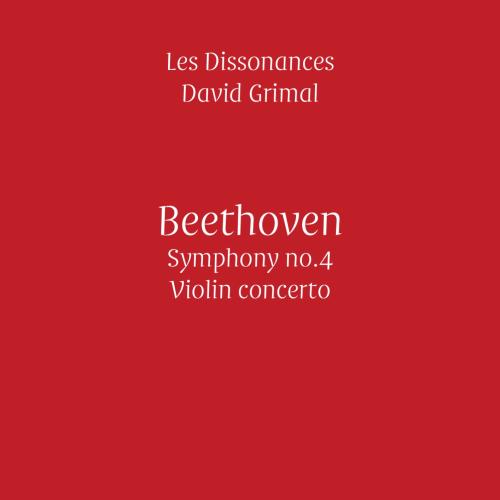
Beethoven: Symphony No. 4 & Violin Concerto (Live) Les Dissonances & David Grimal
Album info
Album-Release:
2016
HRA-Release:
09.02.2022
Label: Les Dissonances
Genre: Classical
Subgenre: Concertos
Artist: Les Dissonances & David Grimal
Composer: Ludwig van Beethoven (1770–1827)
Album including Album cover Booklet (PDF)
- Ludwig van Beethoven (1770 - 1827): Symphony No. 4 in B-Flat Major, Op. 60:
- 1 Beethoven: Symphony No. 4 in B-Flat Major, Op. 60: І. Adagio – Allegro vivace (Live) 10:46
- 2 Beethoven: Symphony No. 4 in B-Flat Major, Op. 60: ІІ. Adagio (Live) 09:01
- 3 Beethoven: Symphony No. 4 in B-Flat Major, Op. 60: ІІІ. Allegro vivace (Live) 05:24
- 4 Beethoven: Symphony No. 4 in B-Flat Major, Op. 60: ІV. Allegro ma non troppo (Live) 06:40
- Violin Concerto in D Major, Op. 61:
- 5 Beethoven: Violin Concerto in D Major, Op. 61: I. Allegro ma non troppo - Adagio (Live) 23:29
- 6 Beethoven: Violin Concerto in D Major, Op. 61: II. Larghetto (Live) 10:18
- 7 Beethoven: Violin Concerto in D Major, Op. 61: III. Rondo - Allegro (Live) 10:13
Info for Beethoven: Symphony No. 4 & Violin Concerto (Live)
"The name of Beethoven is a hallowed one in the realm of art. His symphonies are universally acknowledged today as masterpieces. . . . Thanks to the untold development of its harmonic power, the piano tends increasingly to assimilate the entire orchestral repertoire. In the compass of its seven octaves, it can produce, with only a few exceptions, all the characteristics, all the combinations, all the most learned compositional figures . . . Such has been my aim in the work I publish today."
Symphony no.4 in B flat major op.60: In September 1806 Beethoven was the guest of Count Franz von Oppersdorff in Upper Silesia (now part of Poland) to conduct a performance of his Symphony no.2. After he had shed blood, sweat and tears to sire the first version of Fidelio, completed in the spring, the end of that year proved to be an extremely fertile time for Beethoven, who completed back to back the Violin Concerto, the Fourth Piano Concerto and Symphonies nos.4 and 5.
His Silesian patron was an enthusiastic admirer of the Haydnesque universe of the Second Symphony, a circumstance that encouraged Beethoven to compose his Symphony no.4 in the same vein. The character of the work, ‘generally lively, alert, gay or of a heavenly sweetness’ (Berlioz), in total contrast with the ‘Eroica’ and the future Symphony no.5, has always intrigued musicians. Robert Schumann saw in this symphony ‘a slender Grecian maiden between two Norse giants’.
A great admirer of Beethoven, Hector Berlioz was captivated by the work: ‘As to the Adagio, it defies analysis . . . It is so pure in form, the expression of the melody is so angelic and so irresistibly tender, that the prodigious skill of the construction disappears completely. . . . This piece seems to have been exhaled by the Archangel Michael one day when, in a fit of melancholy, he contemplated the world.’
Violin Concerto in D major op.61: Beethoven wrote his Violin Concerto at the peak of his most fertile period, in the course of the year 1806. Its composition is exactly contemporary with the Piano Concerto no.4 and Symphony no.5, the sketches for which appear side by side in the same notebook. At that time, the only works he had composed for concertante violin were the two Romances for violin in the late 1790s, although he had made sketches for a concerto in C major around 1791. It was his meeting with the virtuoso Franz Clement, whom he held in high esteem, that stimulated the composition of this work.
Les Dissonances
David Grimal, violin, conductor
David Grimal
is a musician who enjoys an international reputation for the originality of his musical career. In his tireless quest to reflect on the role of his art in society, he juxtaposes perspectives in order to make music differently by reinventing the sense of the collective.
As an internationally renowned soloist, he has been invited to perform under the direction of the leading conductors (Christoph Eschenbach, Heinrich Schiff, Lawrence Foster, Emmanuel Krivine, Mikhail Pletnev, Rafael Frühbeck de Burgos, Peter Eötvös, Andris Nelsons, Jukka- Pekka Saraste, Christian Arming, Andrés Orozco-Estrada, Stanisław Skrowaczewski, Michel Plasson, Hubert Soudant, François-Xavier Roth, Pascal Rophé, Gerard Korsten, James Judd, Matthias Bamert, Lawrence Foster, Jaap van Sweden etc.) with such formations as the Orchestre de Paris, the Orchestre Philharmonique de Radio France, the Chamber Orchestra of Europe, the Berliner Symphoniker, the Russian National Orchestra, the New Japan Philharmonic, the English Chamber Orchestra, the Mozarteum Orchester Salzburg, the Jerusalem Symphony, the Prague Philharmonia, the Gulbenkian Orchestra Lisbon, Sinfonia Varsovia, the Florida Philharmonic and the Hungarian Radio Symphony Orchestra…
He is a welcome guest in the world’s foremost concert halls, among them Suntory Hall in Tokyo, the Philharmonie de Paris, the Vienna Musikverein, the Amsterdam Concertgebouw, the Berlin Konzerthaus, Wigmore Hall in London, the Zurich Tonhalle, Lincoln Center in New York, the Tchaikovsky Conservatory in Moscow, the Ferenc Liszt Academy in Budapest, the Victoria Hall in Geneva, the Auditorio Nacional in Madrid, the Théâtre des Champs-Élysées in Paris, the National Concert Hall in Taiwan and Bozar in Brussels.
Many composers have dedicated works to him, including Marc-André Dalbavie, Brice Pauset, Thierry Escaich, Lisa Lim, Jean-François Zygel, Alexandre Gasparov, Victor Kissine, Fuminori Tanada, Ivan Fedele, Philippe Hersant, Anders Hillborg, Oscar Bianchi, Guillaume Connesson, Frédéric Verrières, Richard Dubugnon, Eric Montalbetti …
An indefatigable researcher, he re-examines the early music repertory and in particular explores historically informed performance practice with such musicians as Andreas Staier, Brice Pauset, Mathieu Dupouy and Maude Gratton. He is a sought-after pedagogue, and currently teaches at the Hochschule für Musik in Saarbrücken, where he also develops conductorless projects with the student orchestra. He plays the 1710 “Ex-Roederer” Stradivarius with bows by Pierre Tourte, Léonard and François-Xavier Tourte and Pierre Grunberger.
David Grimal is regularly invited to sit on the juries of international competitions and gives masterclasses all over the world.
Les Dissonances
The violinist David Grimal, equally committed to the solo and chamber repertories, appears in the world’s leading classical music venues. As an innovative artist, he aims to reinvent musical practice by leading several projects successfully developing the spirit of “working together”.
For the past ten years he has devoted part of his career to developing Les Dissonances, of which he is artistic director. In this laboratory of ideas, conceived as a collective of musicians, David Grimal and his friends experience music as a joy rediscovered and tackle the symphonic repertory in the spirit of chamber music. The only ensemble that explores the large-scale symphonic repertory without a conductor, Les Dissonances have established residencies in prestigious institutions that offer long-term collaborations, including the Philharmonie de Paris, the Opéra de Dijon and Le Volcan in Le Havre, and appear regularly all over Europe.
Inspired by his experience with Les Dissonances, David Grimal develops projects as artistic director with other orchestras and regular ensembles.
As an artistic director, he develops the concept ‘Let’s play together!’ based on his experience with Les Dissonances. David Grimal rehearses the entire concert programme with the musicians in order to prepare them to play without a conductor at the concert. He shares the platform with them also by performing a concerto. He is invited by many orchestras to work with them and play the great violin concertos, notably Budapesti Vonosok, Anima Chamber Orchestra, Sinfonietta Cracovia, Moscow Chamber Orchestra, Orquesta Sinfónica de Galicia, Orchestra Sinfonica de Murcia, Bilbao Orkestra Sinfonikoa, Orchestre de l’Opéra national de Lorraine, National Orchestra of Metz, Orchestre Philharmonique de Strasbourg, Taipei Symphony Orchestra…
Booklet for Beethoven: Symphony No. 4 & Violin Concerto (Live)

